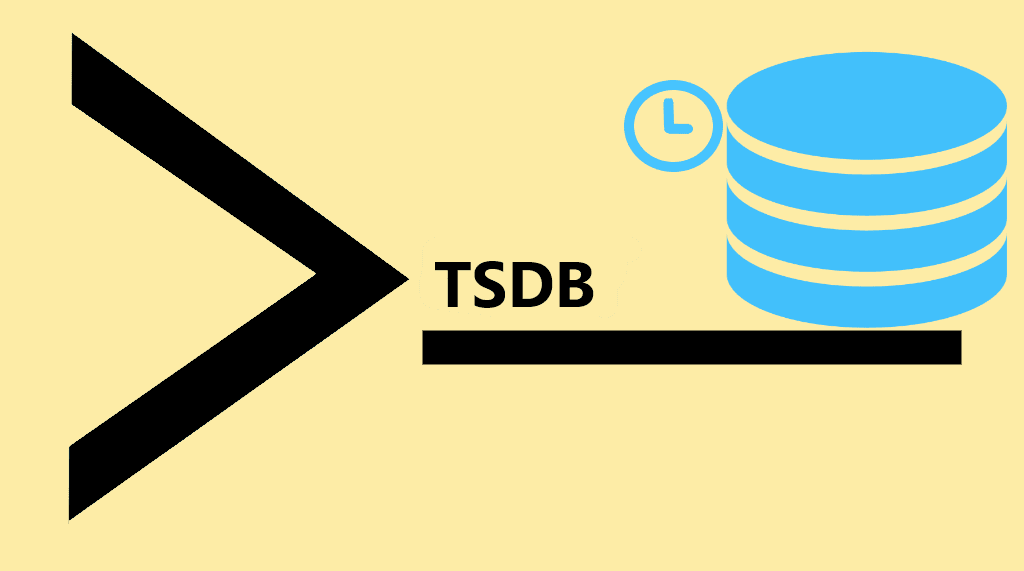Tag: Fintech
Guide to For Loops in Python and Bash [Explained with Examples]
What is a For Loop?

A for loop in Python is utilized to make repeated use of a function or procedure, applying it each time to the result of the previous sequence. This repeating process is called iteration. The for loop checks each iteration until a condition is met. Typically these are used when we have to run a block of code duplicating it X number of times. Each time it iterates over a sequence, it re-executes the code.
What Is a Time Series Database? How It Works & Use Cases

As the Internet of Things expands quickly, many devices connect to the web and transmit time series data. As a result, industries are interested in creating time series databases with unique management and analytical features.
How to Install and Configure the Rust Programming Language
What is Rust?

The Rust programming language is an open-source language used for systems that emphasize parallelism, speed, and memory safety. Mozilla developed it in 2010 and saw its initial 1.0 release in 2015.
What is Blockchain? A Tutorial

The idea of blockchain itself may sound complicated, but the premise is simple. Blockchain is a zero-trust, fully decentralized peer-to-peer data storage system that spreads verified information across participants in the chain, referred to as nodes. Blockchain stores this information in blocks that are chained together. As new data arrives, it is recorded into a block. Once a block has been filled with information, it is linked to the previous block. This process allows the data to be bound together in sequential and chronological order.
What Is a Python Function? A Tutorial

What is a Python Function?
In this tutorial, we discuss one of the most useful attributes of Python: the function. Python functions are considered “First Class” objects. A First Class object can be assigned to variables, stored in data structures, passed as arguments to other functions, or even return values from other functions. Other examples of First Class objects in Python are integers, strings, and dictionaries.
How to Install and Update Python to 3.9 in Ubuntu
In this article, we will explore the newest methods to install or update to the latest version of Python on our Ubuntu system.
How to Install and Configure Jupyter Notebook
What is Jupyter Notebook?
Jupyter Notebook is an extremely powerful open-source, web-based tool that facilitates the creation of documentation. There are many different avenues to provide technical documentation or demonstrations, but Jupyter Notebook makes it possible to embed visualizations and execute live code. It is useful to be able to utilize documentation to describe development concepts or planning, but providing working examples within documentation can be a more effective way of conveying information. This tutorial will cover how to install Jupyter Notebook on an Ubuntu 18.04 LTS server and connect to it remotely via an SSH tunnel.
How to Install Python 2 & 3 on CentOS 8

In this tutorial, we will consider how to enable both Python 2 and Python 3 for use on CentOS 8. In earlier distributions of CentOS, an unversioned Python command was available by default.
How to Install Python Packages
Python is a general-purpose programming language designed for various uses. For example, websites, industrial robotics, and even games all use the same core technology.
How to Install TensorFlow on CentOS
In this tutorial, we are going to take a look at how to get started with TensorFlow on CentOS. We will be covering two methods. First, we will take a look at installing TensorFlow in a Python virtual environment via the Python package manager pip. After that, we will walk through installing TensorFlow via the Anaconda package manager. Finally, we will cover building a TensorFlow pip package from source.
Our Sales and Support teams are available 24 hours by phone or e-mail to assist.

